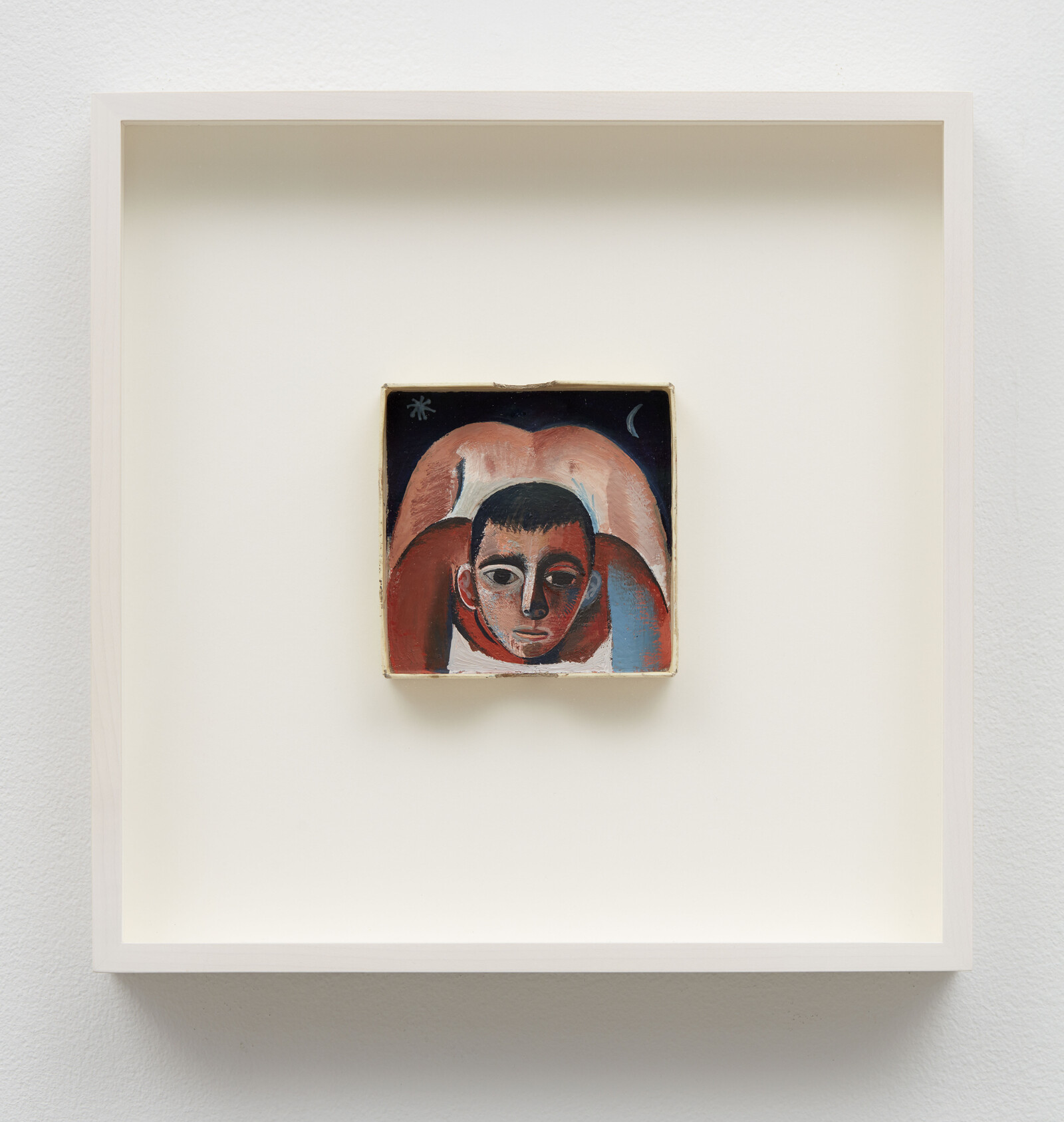Satura
September 26, 2024–February 2, 2025
Viale della Repubblica 277
59100 Prato
Italy
Hours: Wednesday–Sunday 10am–7pm
In September 2024, the Centro per l’Arte Contemporanea Luigi Pecci in Prato, Italy, will present Louis Fratino: Satura, the first solo institutional exhibition dedicated to the work of the American artist Louis Fratino.
Curated by Stefano Collicelli Cagol, Director of the Centro, Satura will open on September 26, 2024 and continue until February 2, 2025, as part of Centro Pecci’s Tuscany at the Centre annual programme. This exhibition follows the critically acclaimed presentation of Fratino’s paintings in a room of Adriano Pedrosa’s Stranieri Ovunque—Foreigners Everywhere, 60th International Art Exhibition at La Biennale di Venezia.
The Latin word “satura” refers to “Satura Lanx,” a banquet platter filled with diverse fruits intended for the Gods, a concept from which a literary genre descended—one that is characterised by a variety of styles. In Italian, “satura” literally means “saturated” or “filled.” Both Latin and Italian acceptations resonate well with the subject matter and formal feast of Fratino’s art. Presenting sculptures, over 30 paintings and more than 20 drawings and lithographs, Satura at Centro Pecci is a thorough investigation of Fratino’s oeuvre, bringing together works from the last decade with new and recent developments in the artist’s diverse practice.
The exhibition will provide the occasion to present twelve new paintings of different scales. These new works enrich Fratino’s images with lavish scenes, landscapes, still lives, domestic tableaux, portraits and intimate moments. Allowing further insight into such themes as the reclining nude, family portraits, nature, erotism and sex, the paintings develop motifs that have long been present, even in Fratino’s very early works. Handled each time in a different way, these subjects constitute a recurrent source of inspiration for Fratino and his investigation of the representation of beauty. Alongside the selection of works, eight sketchbooks will be displayed, in order to allow visitors to delve into the artist’s practice, showing in particular how drawings underpin and inspire Fratino’s final compositions.
The exhibition brings to the fore the pervasive entanglement between the artist’s practice and Italy. Italy has provided Fratino with a wide range of topics, images and sensitivities: bridging relationships, affects, and landscapes, and leading ultimately to reflect upon his art. The works in Satura draw inspiration from Twentieth-century Italian artists including Filippo De Pisis, Mario Mafai, Costantino Nivola, Felice Casorati, Carlo Carrà, Fausto Pirandello, and Guglielmo Janni. He is inspired as much by the country’s immersive landscapes—including in cities like Roma and Milano—as by the coast of the Tyrrhenian Sea, where the Mediterranean lights and rich greenery tangle with his in-depth cultural research on the country. References to works by his Italian ancestors—poems by Sandro Penna, Patrizia Cavalli and Pier Paolo Pasolini; and essays by the Italian gay activist Mario Mieli—resound throughout this presentation, and Fratino’s wider oeuvre.
On the occasion of the opening, a book by Mousse Publishing will be published, developing an iconographic apparatus that will cast a light on the relationships between Italy and Fratino’s sculptures, paintings and drawings, with newly commissioned essays and contributions by scholars of art and queer theory.

